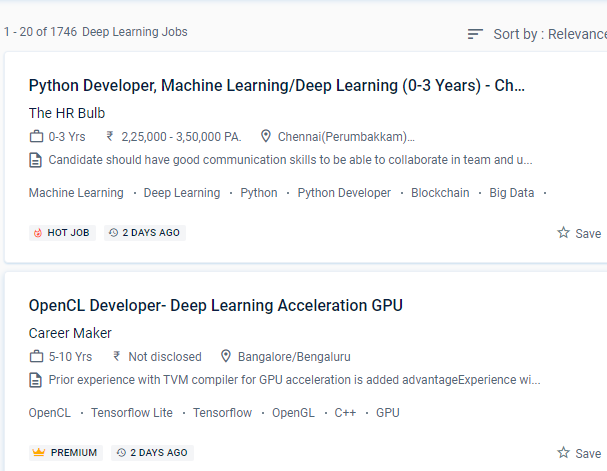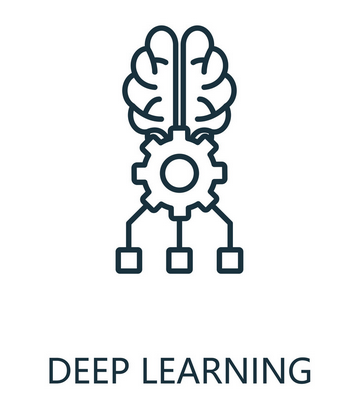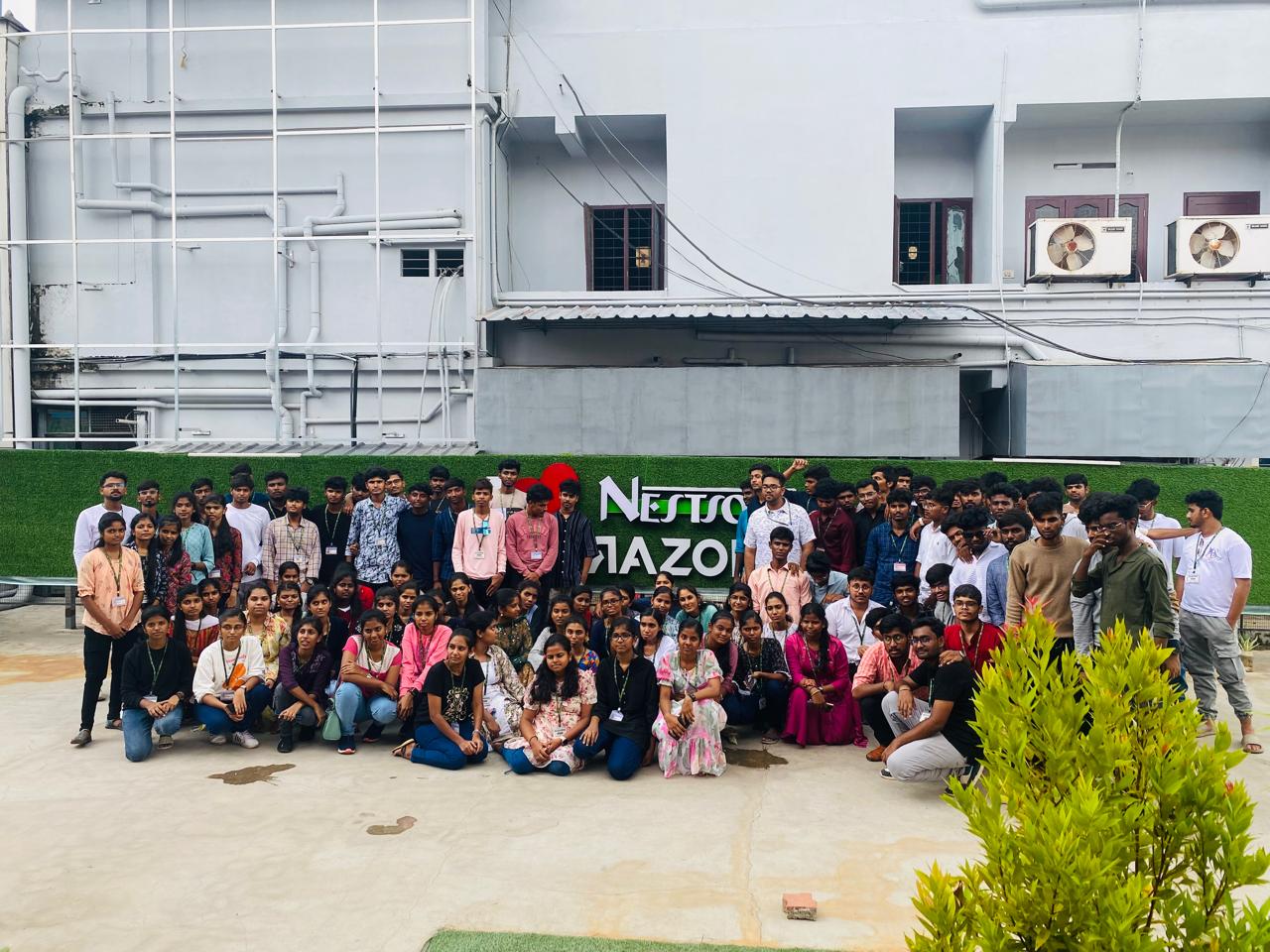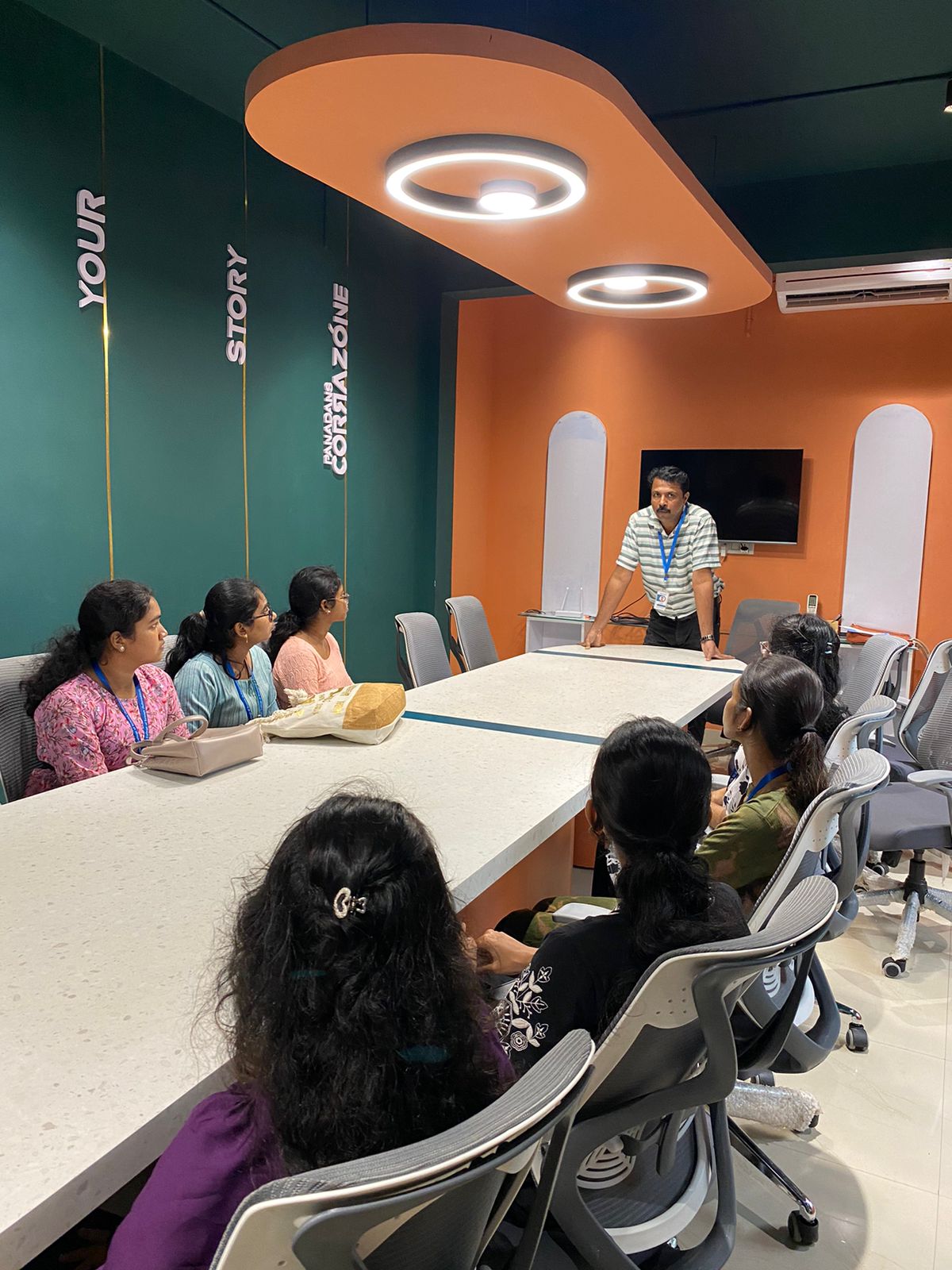Deep Learning Training by Experts
Our Training Process

Deep Learning - Syllabus, Fees & Duration
MODULE 1
- Introduction to Tensor Flow
- Computational Graph
- Key highlights
- Creating a Graph
- Regression example
- Gradient Descent
- TensorBoard
- Modularity
- Sharing Variables
- Keras Perceptrons
- What is a Perceptron?
- XOR Gate
MODULE 2
- Activation Functions
- Sigmoid
- ReLU
- Hyperbolic Fns, Softmax Artificial Neural Networks
- Introduction
- Perceptron Training Rule
- Gradient Descent Rule
MODULE 3
- Gradient Descent and Backpropagation
- Gradient Descent
- Stochastic Gradient Descent
- Backpropagation
- Some problems in ANN Optimization and Regularization
- Overfitting and Capacity
- Cross-Validation
- Feature Selection
- Regularization
- Hyperparameters
MODULE 4
- Introduction to Convolutional Neural Networks
- Introduction to CNNs
- Kernel filter
- Principles behind CNNs
- Multiple Filters
- CNN applications Introduction to Recurrent Neural Networks
- Introduction to RNNs
- Unfolded RNNs
- Seq2Seq RNNs
- LSTM
- RNN applications
MODULE 5
- Deep learning applications
- Image Processing
- Natural Language Processing
- Speech Recognition
- Video Analytics
This syllabus is not final and can be customized as per needs/updates





 Every day, businesses collect massive volumes of data and analyze it to get actionable business insights.
Rather than being numerical, the majority of the data is in an unstructured format, such as audio, image, text, and video. Artificial neural network systems are created on the human brain in deep learning, a subcategory of Machine Learning.
.
The foundations of deep learning and neural networks are covered, as well as techniques for improving neural networks, strategies for organizing and completing machine learning projects, convolutional neural networks, and their applications, recurrent neural networks and their methods and applications, and advanced topics such as deep reinforcement learning, generative adversarial networks, and adversarial attacks. Deep learning powers a variety of AI (artificial intelligence) services and applications that automate and perform physical operations without the need for human participation. This deep learning course in Ottawa is mainly recommended for software engineers, data scientists, data analysts, and statisticians who are interested in deep learning. Companies like to hire people who have completed this deep learning course.
Deep learning is a subset of machine learning (ML), which is essentially a three-layer neural network. Python is the language of deep learning.
Every day, businesses collect massive volumes of data and analyze it to get actionable business insights.
Rather than being numerical, the majority of the data is in an unstructured format, such as audio, image, text, and video. Artificial neural network systems are created on the human brain in deep learning, a subcategory of Machine Learning.
.
The foundations of deep learning and neural networks are covered, as well as techniques for improving neural networks, strategies for organizing and completing machine learning projects, convolutional neural networks, and their applications, recurrent neural networks and their methods and applications, and advanced topics such as deep reinforcement learning, generative adversarial networks, and adversarial attacks. Deep learning powers a variety of AI (artificial intelligence) services and applications that automate and perform physical operations without the need for human participation. This deep learning course in Ottawa is mainly recommended for software engineers, data scientists, data analysts, and statisticians who are interested in deep learning. Companies like to hire people who have completed this deep learning course.
Deep learning is a subset of machine learning (ML), which is essentially a three-layer neural network. Python is the language of deep learning.



















































































